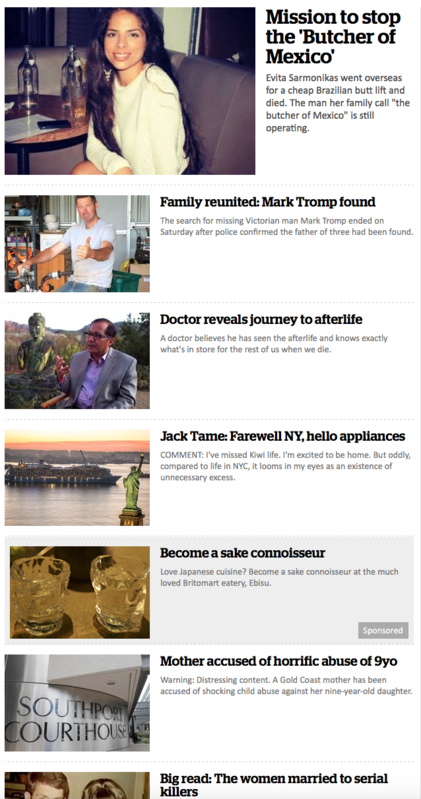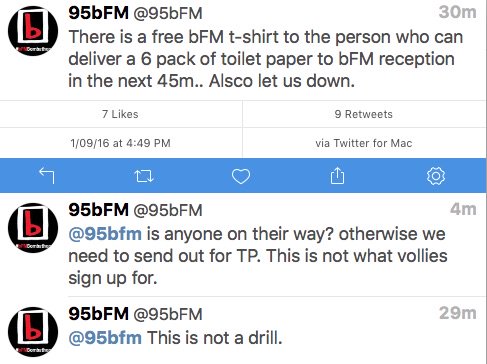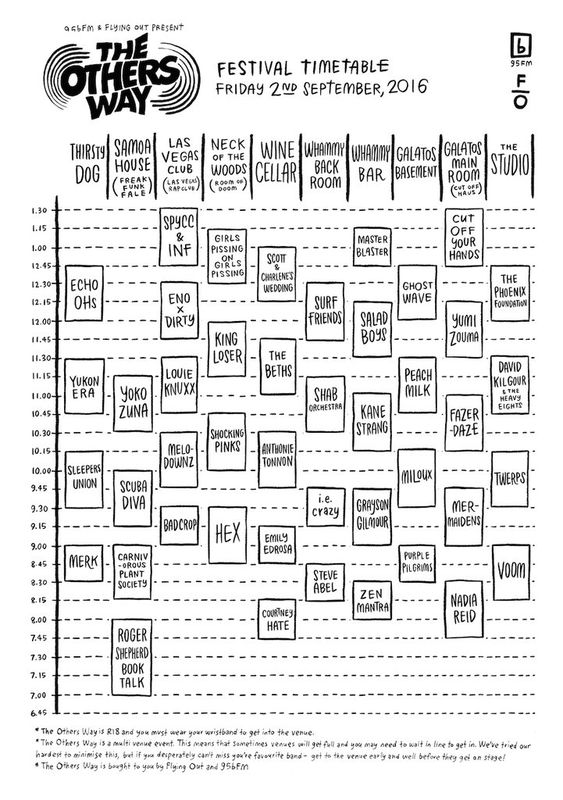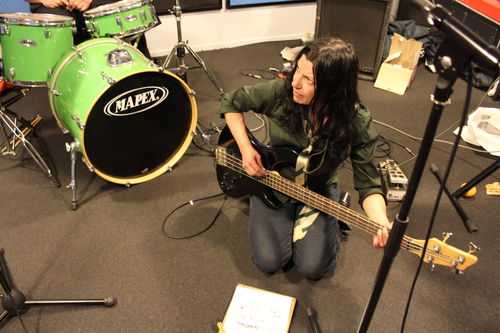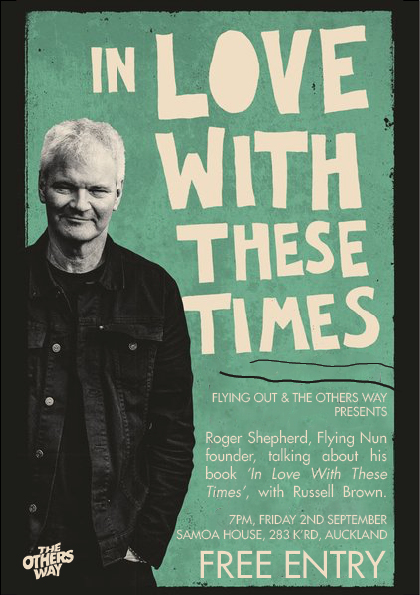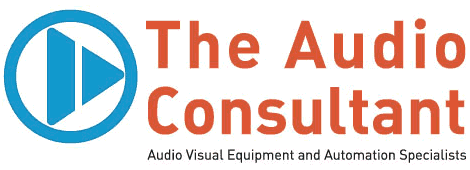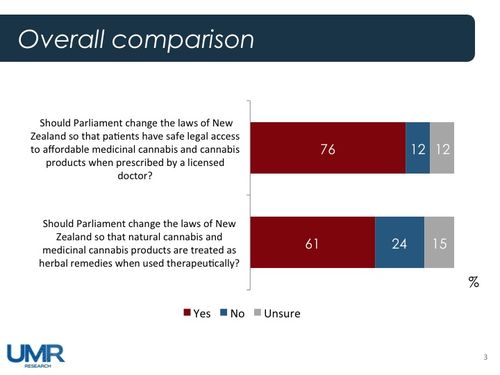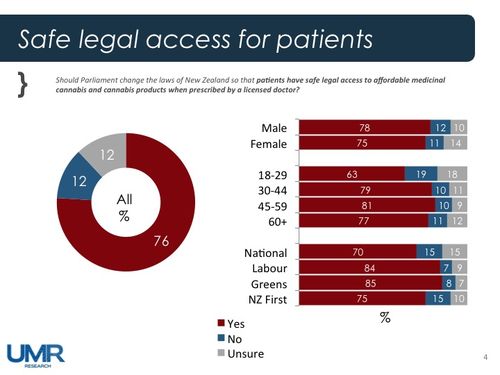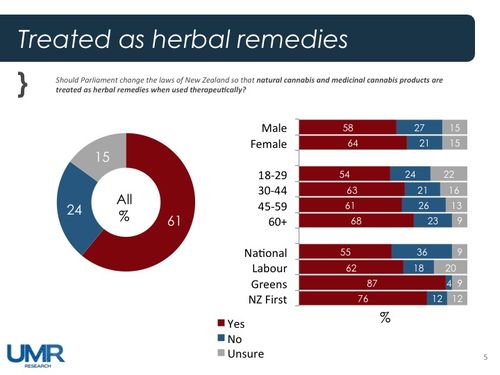Housing NZ sharpens focus on meth reads the headline on a brief news story published by the Bay of Plenty's SunLive yesterday. It declares that Housing New Zealand "has sent the strongest possible message to state housing tenants warning of its zero tolerance to illegal activity on its properties. And that especially includes the use and abuse of methamphetamine."
The basis of the story is an interview with Charlie Mitchell, HNZ's manager of chemical programmes, who frames the corporation's expensive foray into testing for "meth contamination" as a matter of fairness to tenants.
“While the issue of methamphetamine is high-profile right now, we have never tolerated illegal activity in homes,” says Housing NZ's manager of chemical programmes, Charlie Mitchell.
“Our tenants are well aware of this. It's not a new policy. To ensure we are fair to all tenants, we cannot make exceptions to this policy around meth use and cooking.”
Housing New Zealand's zero tolerance approach to illegal activity on its properties includes drug use of any kind. And it's sending a warning to tenants who might be participating in, or allowing, illegal activity in state homes.
In other words, if HNZ retreated from its "contamination" crackdown it would be unfair to all the other criminal tenants.
Mitchell says HNZ has been "selected to sit on an important new committee created to improve standards around meth management". This is over-egging it a bit.
Standards New Zealand announced in March that it had "contacted a wide range of stakeholders in January 2016 inviting them to nominate representatives for consideration" for the committee which will develop NZS 8510, the proposed (and first) standard for the testing and remediation of meth-contaminated properties. As the country's largest landlord – and more particularly, a landlord evicting hundreds of tenants, boarding up their homes and spending tens of millions of dollars on probably unnecessary remediation – HNZ was never not going to be invited on to the committee.
It's a given that the new standard will make a distinction between properties in which meth has been manufactured and those where it has merely been consumed. And extremely likely that the benchmark for continued occupation of a property will be higher than that cited in the widely-misunderstood Guidelines for the Remediation of Clandestine Methamphetamine Laboratory Sites published by the Ministry of Health in 2010.
But if the "zero tolerance" policy really continues to apply, what happens if testing of a tenant's property reveals a level of meth residue which falls below the NZS 8510 benchmark but is greater than zero – say, the level of residue on a random $5 note?
HNZ has already rejected the option of benchmark-testing all properties before occupation as too expensive. Will it really fall back on its multi-step process (in which most of the steps amount to "gossip from the neighbours") to decide who's to blame for the residue? And terminate tenancies where the official standard says there is no meaningful health risk? I rather doubt it.
Will it further, under its "zero tolerance" policy, expunge tenants suspected to have smoked a joint? Will there be testing for cannabis residue? No, of course there will not. And the idea that there has always been a zero-tolerance policy simply isn't true either.
HNZ did introduce a suspensions policy in November 2011, suspending tenants from applying for a state house for one year after their tenancy ended "as a result of serious breaches of their tenancy agreement". Of the first batch of 75 suspensions, seven were on the basis of "unlawful activity". All of those were in Auckland and included "supply of drugs and possession of an unregistered sawn-off shotgun". Simple possession or consumption is not recorded as a reason.
The current HNZ tenancy agreement says the corporation may apply to the Tenancy Tribunal for a 21-day termination if you, the tenant "have used or allowed your house or flat to be used for illegal activities" and if you were dealing from your house you were always likely to be kicked out.
On the other hand, one of our former HNZ neighbours managed to get himself convicted of manufacturing homebake heroin in his home in 2002 and, given his record, was lucky not to receive a custodial term (letters of support from several neighbours, including us, probably helped). His tenancy continued, as did his cooking of homebake. It ended only when his life did, of an accidental overdose.
There may have been an element of compassion – our neighbour used a wheelchair and the property had been modified for his use – but there has clearly not always been a zero-tolerance policy, even for drug manufacture. And the claim that things have always been thus is contradicted by Social Housing minister Paula Bennett's words to journalists in March ("Housing New Zealand is taking a much stricter approach to detecting and dealing with serious drug use in its properties").
It begs an explanation of how else HNZ's costs have suddenly ballooned to the point that it has had to budget $22 million for meth testing and remediation this year and will blow way past that cost. Why else did tenancy managers start complaining that there were so many boarded-up properties that they couldn't meet their KPIs? Why else would the Department of Prime Minister and Cabinet have started asking questions?
It's possible to take a position of sympathy for HNZ: to say that is has been forced by the Tenancy Tribunal to inappropriately apply the existing meth guidelines. But that gets harder when it chooses to do this kind of press. And there's a deep irony that in a week when the idea of a "wet house" to provide shelter and safety for alcoholics is being well-received, we get this kind of chest-beating about denying shelter to people who may have other substance problems. We know that security and shelter are hugely important in addressing drug and alcohol problems. That's what the evidence says.
I do understand – from personal experience – that socially unacceptable behaviour by HNZ tenants can make life difficult or dangerous for neighbours, and that can rightly result in termination of tenancy. But demonising people and writing cheques you'll never cash doesn't help. Underneath the SunLive story there are already comments declaring that these "culprits" should be denied social support for the rest of their lives for their "bad decisions". That all HNZ tenants should be forcibly drug-tested. That's where all this goes.
Indeed, Poor Foundations, my story on the "meth contamination" panic for Matters of Substance (the print version is out now), revealed that HNZ's meth team discussed drug-testing prospective tenants as a condition of shelter, and rejected it not on the basis of the striking human rights and political implications of such a move, but because it would be expensive and might not catch everyone.
Under the circumstances, it might be a good idea if HNZ and its managers spent a few months shutting up and breathing through their noses.

